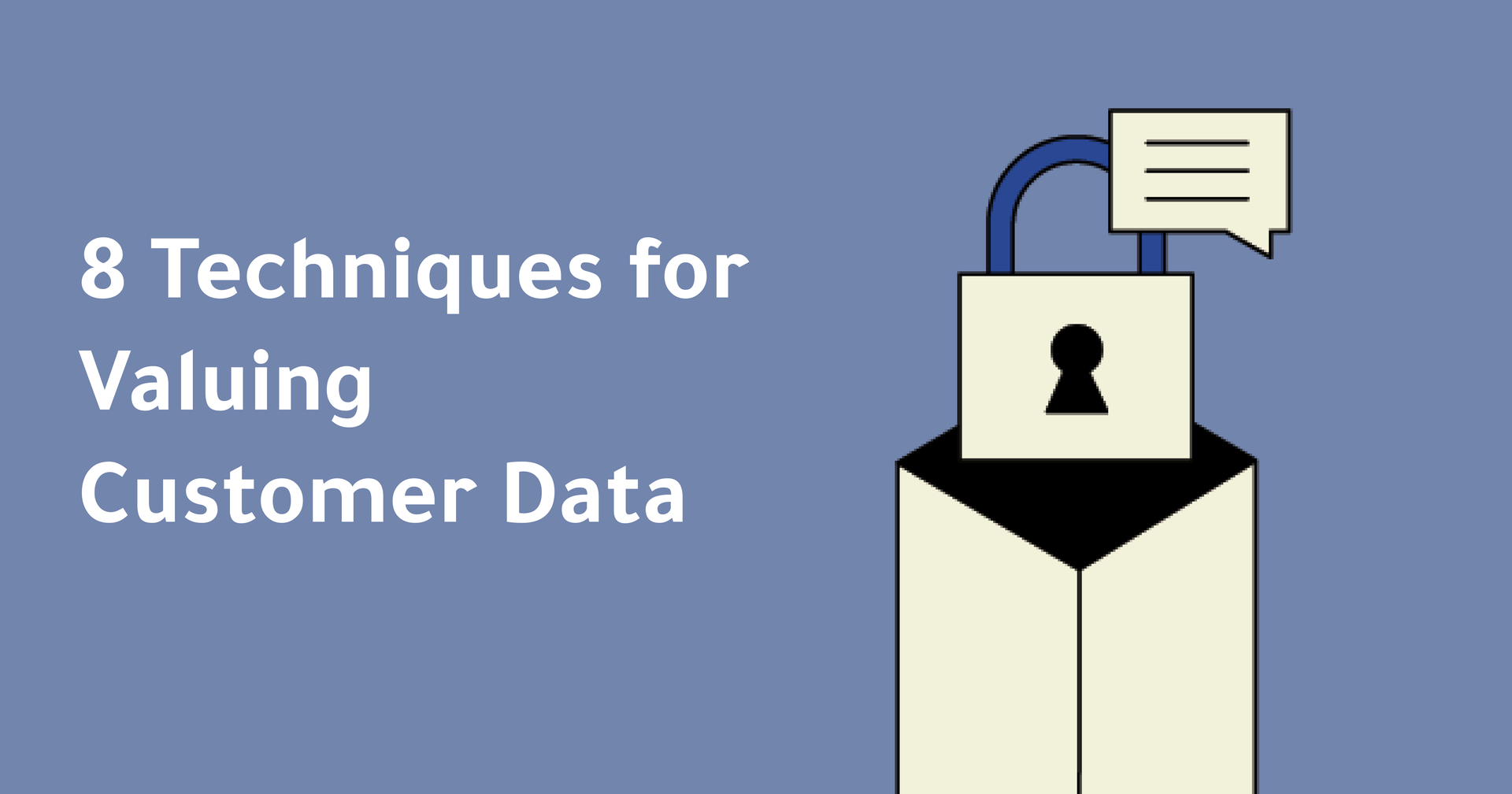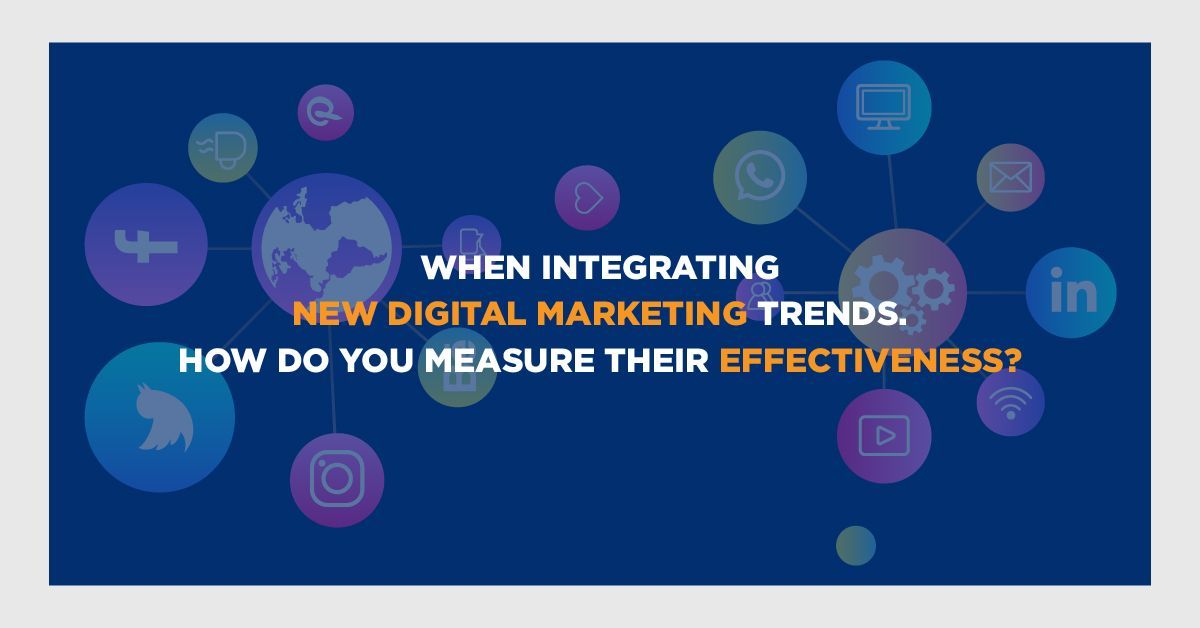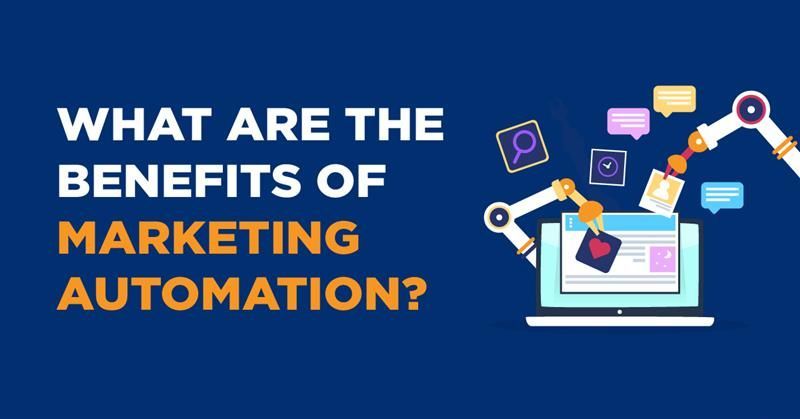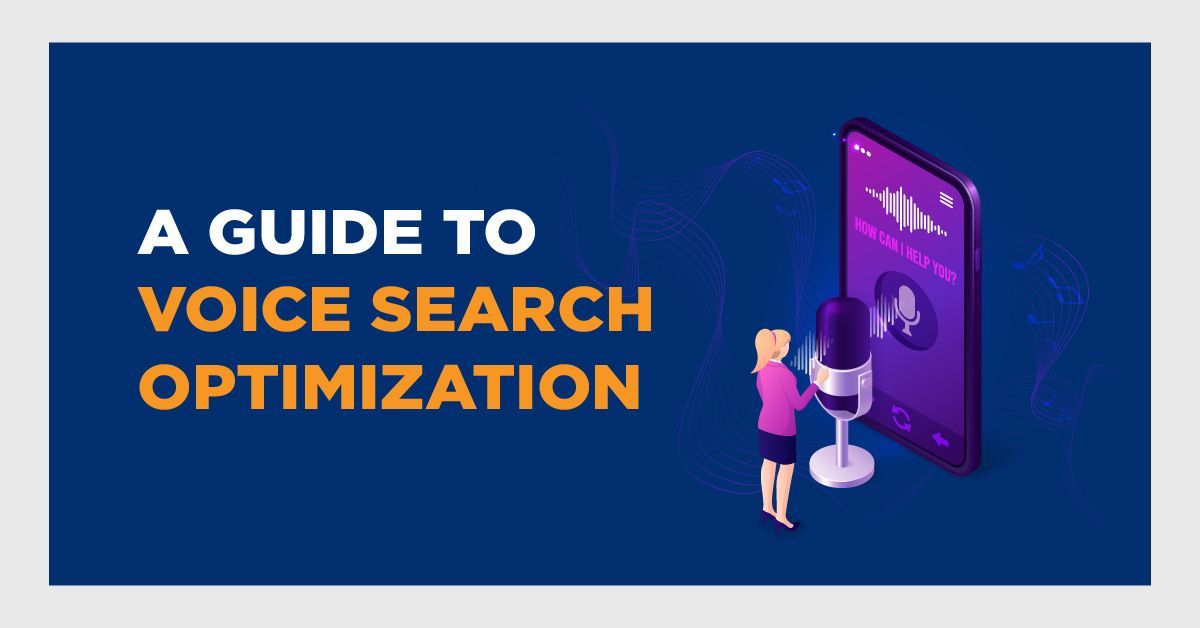8 Techniques for Valuing Customer Data
April 26, 2023

8 Techniques for Valuing Customer Data
It can be extremely difficult to identify useful ways to extract value from this apparently endless stream of information when you have more consumer data for marketing than you know what to do with.
Most of the world's data (44 zettabytes, to be exact) has been produced just in the last three years alone, which makes sense given that more and more people are utilizing all types of gadgets, all of which are producing more information. And it's due to algorithms and other software that follow user behavior and produce their own data about it, not just people who create data.
Knowing where to focus your analytical efforts is essential if you want to stay ahead of the pack as a marketer since the proliferation of "Internet of Things" devices is increasing data collection at lightning speed.
How does a company navigate the sea of consumer data for marketing purposes and uncover digital insights that may be used to boost productivity, revenue, sales, or other operational elements? We'll explain how to you.
Here, we'll examine eight doable strategies for using consumer data to your marketing advantage and enhance your brand's visibility, standing, and earnings.
1. Accept that big data is here to stay.
Without further analysis, big data can appear to be a large, unmanageable mass of random information. There is a strong tendency to dismiss the information in front of you if it is taken in that context. But neglecting big data means passing up a significant opportunity. Because of the value that comes from being able to screen, filter, and understand what is useful in huge data, data science, for instance, is a profession that is expanding.
Big data is so massive that those who choose to ignore it risk the survival of their own companies. Recognizing that good data is "in there somewhere" and being ready to mine through it are the first steps in extracting useful consumer data.
2. Spend money on analytics
Once you realize the potential of customer data for marketing, the trick is to have the skills and tools necessary to sift through the sea of data and return with the information that makes the most sense to you.
Analytics should definitely receive a portion of your operational budget. Although larger firms may dedicate entire departments to this task, there are other ways to generate valuable analytics that are equally effective. Even small to medium businesses can discover an analytics solution that fits their needs in terms of size and money.
3. Make use of previous data
People frequently see metrics or digital insights to assist forecast the future when it comes to deriving genuine value from consumer data for marketing, yet some of the most significant lessons that data teaches us have origins in the past. Analyzing historical data is a smart long-term strategy for using consumer information data.
Businesses should always be conscious of the fact that some of the best data sets are those that have been amassed over time. For instance, even though it is not a part of your present digital infrastructure, you shouldn't disregard sales data from the previous five to ten years.
If you must, employ document management systems to archive this data, but analytics applied to the chore of sorting through historical customer sales data can yield a wealth of helpful insights on consumer behavior and purchasing habits. If you already have data, digitize it even if it isn't digital, and make sure your software can utilize it. It might be a lot more useful than you think in the correct situations.
4. Use customer data in operations
Utilizing insight in internal operations is a powerful additional strategy for maximizing the value of customer data for marketing. Naturally, extracting data from consumer behavior and other information can aid in boosting sales, but don't forget that spending less is another approach to earn more money. The appropriate kind of consumer data can help you increase efficiency and decrease waste in addition to increasing sales, both of which can boost your revenue.
For instance, your customer data indicates that less and less of your marketing response is coming from Facebook and more and more is coming from YouTube and Instagram. This may indicate that you should spend less—or maybe none—on Facebook and put more effort into the platforms that are producing results for your product and target market. Let customer behavior data assist in streamlining your business operations.
5. Examine Customer Churn
The phrase "client churn" refers to the pace at which consumers or clients stop doing business with a company and start doing business with a competitor. It is another area where big data and analytics can significantly alter outcomes.
This technique involves analyzing your user data to draw conclusions about why some consumers stick around while others only support your company for a limited time before leaving. Drops in customer retention may be correlated with when you stop supplying products. Alternatively, you might discover that while you see a significant increase in clients during certain specials or periods of the year, they leave soon after.
6. social media Includes Data
A huge portion of global data comes from social media. Analyzing social media and leveraging the unfiltered, unsorted data shows that it can be incredibly beneficial in obtaining genuine value from customer data for marketing. In-depth analysis of social media data can assist you identify your target market's location as well as its demands and wishes.
It's crucial to understand that, for businesses who are paying attention, social media material can be a symptomatic indicator of other trends and elements to capitalize on. Don't simply think of social media to connect with your audience; consider it as a window into what that audience could be seeking so you can be the first to offer it. Take advantage of trends rather than ignoring them.
7. Data Must Be Available
Access to data should be distributed throughout your firm. While it is acknowledged that having information that your rivals do not can provide you with a competitive advantage, this does not apply to your own firm. Your business will suffer if you have knowledge of a customer's demands or behavior, but someone who could truly benefit from that knowledge does not have access to the same information.
You should constantly make sure that digital insights are shared and accessible for those who need them to get the best return on investment (ROI) from your consumer data for marketing. A person who manages customer service, for instance, should be able to communicate a client's complaint and specific problem to any department that may be able to assist in resolving the issue or offer more information about it.
Only when it can be accessed by those who know how to use it is information useful. For instance, if your finance department is prevented from accessing specific financial data, that adds another degree of inefficiency.
8. Do not be hesitant to automate
Did you know? Nearly 90% of businesses claim that their marketing automation strategy is effective.
Contrary to what is commonly believed to be the case, automation does not inevitably imply that a person's employment is in jeopardy and that a layoff is imminent. Data analytics can also benefit from automation, which is not limited to physical, mechanical tasks.
Instead of going through every piece of incoming data line by line and extracting the information that is relevant to you and your needs, software and algorithms can help you locate some of the most insightful information about your clients.
Even your human resources can be freed up by automation to work on more analytical tasks that are more suited to their skills. Software can help with repetitive, mechanical tasks like processing payments, for instance. Your human team can focus on more ambitious, creative tasks if they have fewer regular tasks to complete during the day.
Conclusion
Daily data production exceeds what any one person or group of people could reasonably monitor. However, such statistics also include a lot of insightful information that can be used to make decisions. A company may only increase its revenue by using tact and sensibility while selecting, analyzing, and using the appropriate data.










